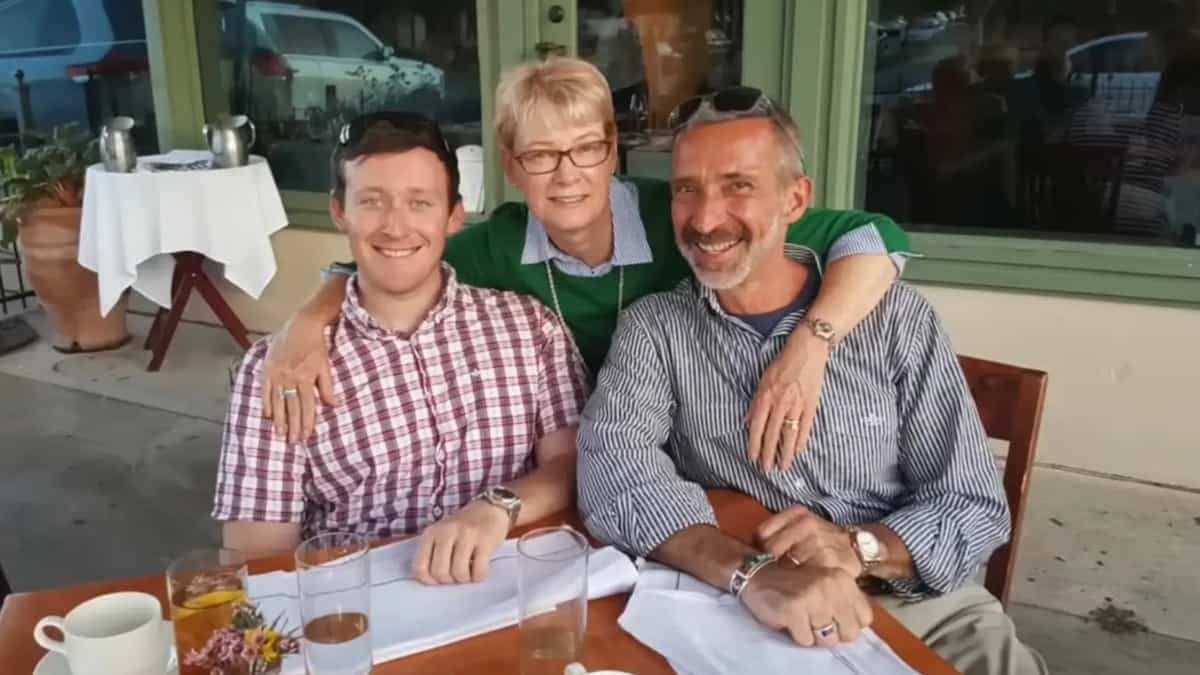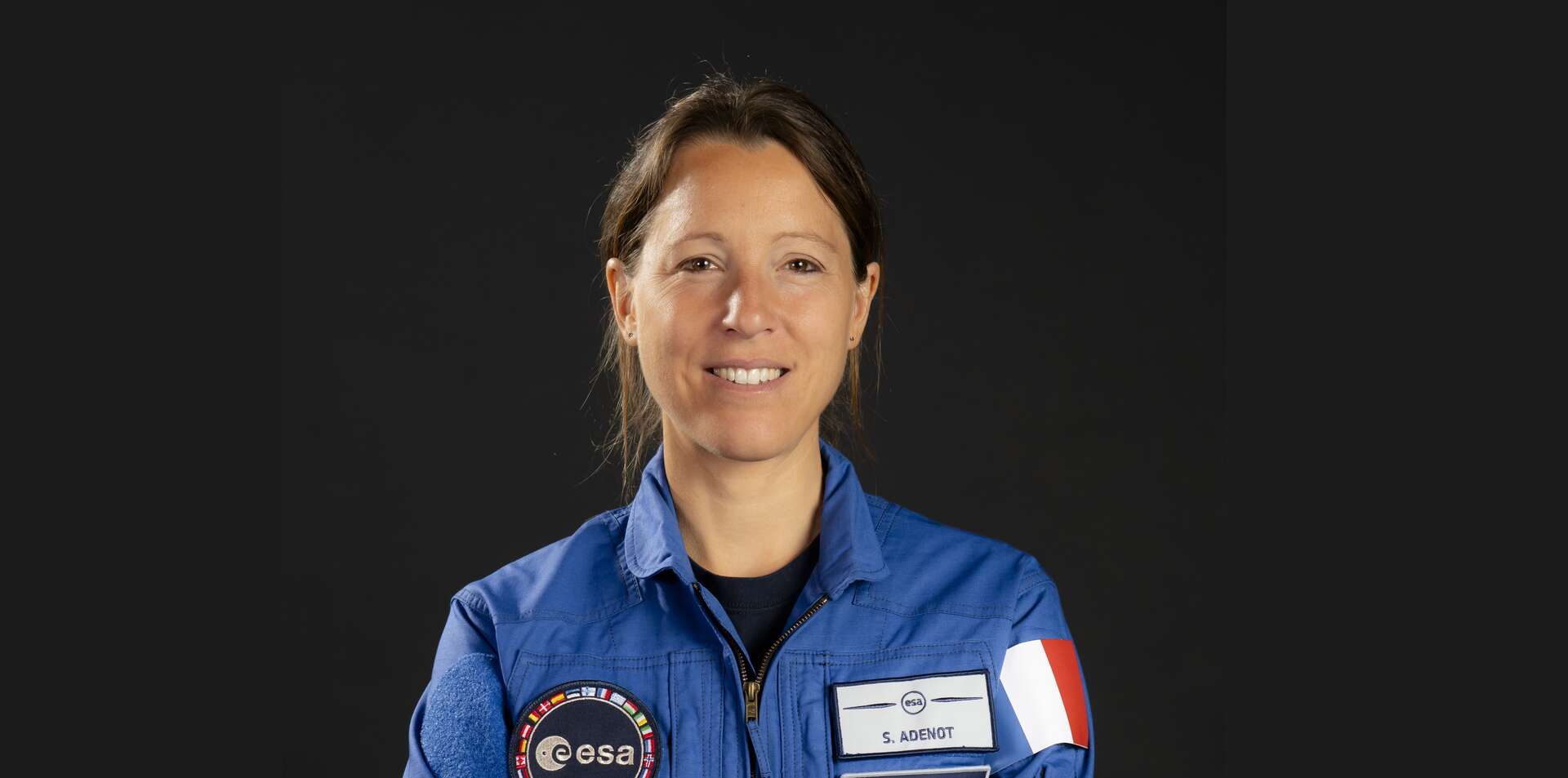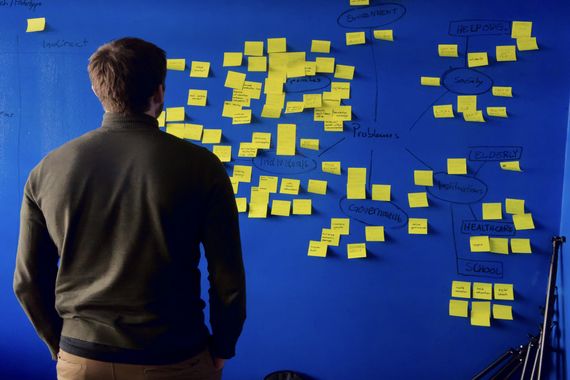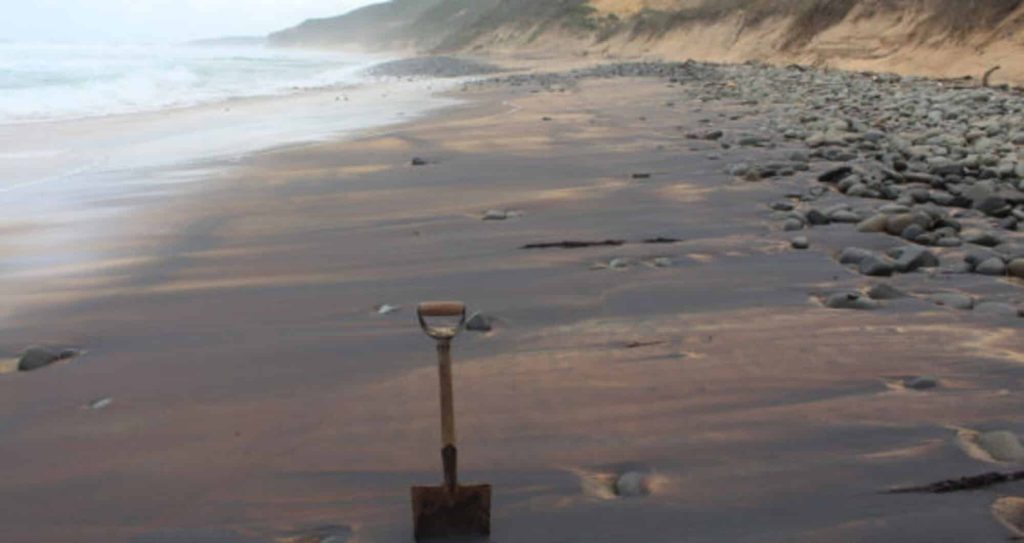The first 500 million years of Earth’s geologic history remain largely a mystery because there are very few traces of the first continental crust that formed then. However, the secrets this proto-crust holds will certainly help us understand the origin of life on Earth, as it stabilized and the meteorite bombardment gradually subsided. The oldest geological traces (four billion years ago) approaching these major events in chronological order have been partially discovered on the coasts of Western Australia. Curtin University researchers then excavated the passageway and recently discovered four billion-year-old crust buried in the southwest of the island continent. As large as Ireland (almost 70,000 square kilometres), the crust was traced with a high-precision laser focused on tiny grains of zircon extracted from beach sand.
During its first geologic epoch, the entire Earth’s surface was covered by oceanic crust. The first continental crust began to form about 4.2 billion years ago, and the oldest and last remnants of this crust (3.8 billion years old) are found in Greenland, northeastern North America, and Australia.
This proto-crust developed slowly and emerged until the end of the Archean (between 3.8 and 2.5 billion years ago) until it covered most of the surface, then stopped developing about 245 million years ago. Almost 80% of the Earth’s continental crust was formed during the Archean period.
The long process of continental crust formation begins at convergence zones. These are the precise locations where two tectonic plates meet, according to subduction movements. The pressure between these plates, created by the currents of magma in the mantle, pushes the land out into the oceans, forming the continents. Part of the primitive continental crust would also have formed thanks to the upward movements of mantle magma.
These subsidiary movements are, for example, in the origin of mountain ranges such as the Himalayas (born from the collision of India and Southeast Asia) or the Andes Cordillera. Continental crust also wears and erodes, feeding the ocean floor with sediments that can slide under subduction zones.
Despite these clues, scientists still do not fully understand how this ancient crust formed and gradually gave birth to life. “ Studying the early Earth is challenging, given the enormity of the past, but has deep significance for understanding the meaning of life on Earth and our quest to find it on other planets. », Mentioned Milo Parham, lead author of the study, published in the journal Terra Novaand a researcher with the Timescales of Mineral Systems Group in the Department of Earth and Planetary Sciences at Curtin.
The last geological traces of this period on Earth are found in a few microscopic zircons found in the rocks of some rare places such as Western Australia. According to the authors of the new study, no such large-scale research has ever been carried out in this area, and the laser scan results have revealed never-before-seen clues about the Earth’s crust.
Buried treasures
To arrive at their discovery, researchers in the new study used a laser with a finer beam than a human hair, aiming to bombard grains of zircon from the sands of Western Australian beaches. Thanks to this technique, we were able to identify where the zircon grains originally came from and trace the geologic history of the region.
They discovered four billion-year-old crust buried beneath southwestern Australia. As large as Ireland, it is believed to have survived several major mountain range-forming events between Australia, India and Antarctica, and lies ten kilometers below the southwest tip of the Antarctic island.
And, based on a back-comparison of the results, the Australian experts concluded that many regions around the world had similar times for early crust formation and preservation, marking a significant shift in understanding Earth’s geological evolution. .
Furthermore, the researchers believe that the edges of the protocrust appear to be an important crustal boundary, controlling the geographic location of valuable or useful minerals. ” Recognizing these ancient crustal remains is critical to the future of optimal sustainable resource exploration Parham says.
Source: Terra Nova

“Certified food fanatic. Extreme internet guru. Gamer. Evil beeraholic. Zombie ninja. Problem solver. Unapologetic alcohol lover.”




:format(url)/cloudfront-us-east-1.images.arcpublishing.com/lescoopsdelinformation/6EMKJVECS5DDBDHWA56Y3BNEKM.jpeg)


More Stories
After adopting a text threatening to ban TikTok in the US: Can the social network be banned in France?
Australia's Venice wins the Golden Lion Award for Best Pavilion
Prime Minister Rishi Sunak has not given up on his controversial speech on the deportation of migrants to Rwanda